Scanlon
Western Thunderer
A few developments on 75075 to report. The cab has been properly skinned with its outer overlays. The difference is dramatic although this photo gives no impression of the work involved.
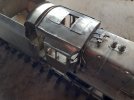
There are overlays on overlays and it is quite difficult to get everything level but the majority of the filing is now done. I will use wet and dry sanding paper to work out the various blemishes remaining on the roof. The build instructions said to fit the central roof overlay clear of the upright rain strips to allow them to fitted afterwards. I decided to fit the rain strips first and then the overlay to ensure everything would fit. The observant will also see the manifold, some associated pipework and injector steam valves have been fitted. The latter were essential as some of the cab detail could not have been fitted at a later stage.
So the model is starting to look like the locomotive it is intended to be.
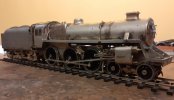
There is a lot still to do but hopefully with the cab built a start can be made on all the injector and brake pipework. By the way the smokebox door is just resting in place for the moment.

There are overlays on overlays and it is quite difficult to get everything level but the majority of the filing is now done. I will use wet and dry sanding paper to work out the various blemishes remaining on the roof. The build instructions said to fit the central roof overlay clear of the upright rain strips to allow them to fitted afterwards. I decided to fit the rain strips first and then the overlay to ensure everything would fit. The observant will also see the manifold, some associated pipework and injector steam valves have been fitted. The latter were essential as some of the cab detail could not have been fitted at a later stage.
So the model is starting to look like the locomotive it is intended to be.

There is a lot still to do but hopefully with the cab built a start can be made on all the injector and brake pipework. By the way the smokebox door is just resting in place for the moment.

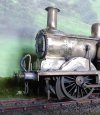
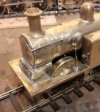
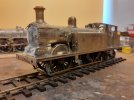
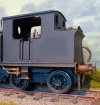
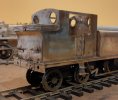
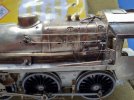
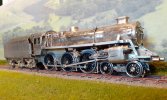
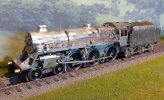
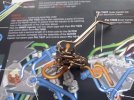
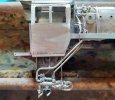
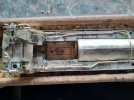
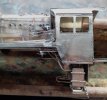
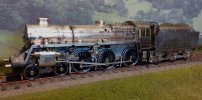
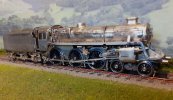
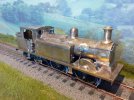
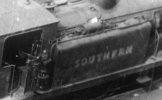
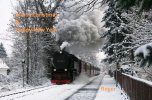
















 I'll see if I have a spare, if not I'll add it to the next etch that's going out; for reference it's C15, cab roof overlay.
I'll see if I have a spare, if not I'll add it to the next etch that's going out; for reference it's C15, cab roof overlay.